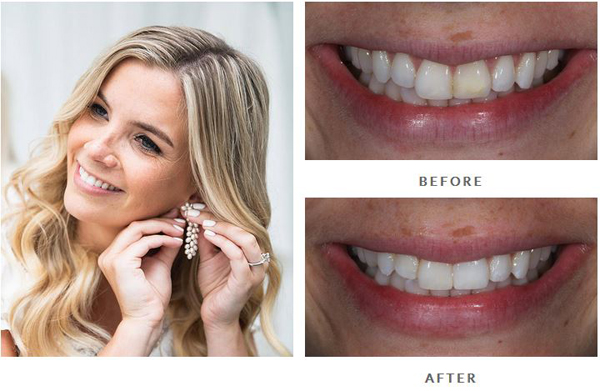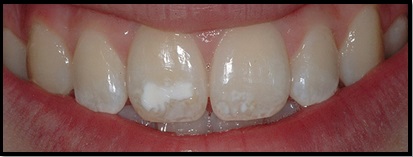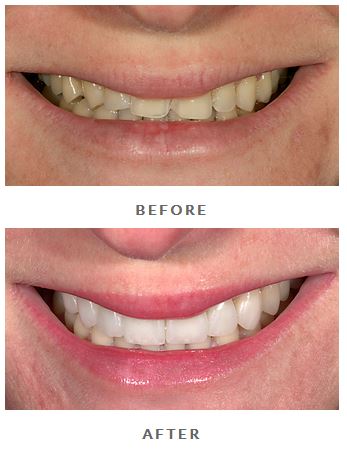What’s up with my new dental bonding turning brown? Could this happen within just eight months? I don’t smoke or drink coffee or soda. I floss, brush, and do everything my dentist said I should to keep the bonding bright. When I asked my dentist why it’s discoloring, he implied that must be the problem. I’m not returning to the dentist for him to redo the bonding. I don’t trust his work anymore. Should I get porcelain veneers and skip the trial and error on my teeth? Thanks. Tyson from Boston
Tyson,
We understand it can be frustrating when new dental bonding doesn’t maintain its expected shade.
Why Might New Dental Bonding Turn Brown?
New dental bonding may turn brown due to a dentist’s technique, skill, or materials. Achieving a perfect, long-lasting match with dental bonding requires significant skill, advanced training, and an artistic eye from the dentist. It also depends on using the proper selection of high-quality composite materials that vary in texture, color, and translucence to blend seamlessly with your natural teeth. If the initial bonding doesn’t match well or changes color, simply repeating the process without addressing these factors may not yield a better result.
However, there are effective ways to address this. It is unlikely that porcelain veneers are the only way to restore your teeth.
Should You Get Dental Bonding Replaced or New Porcelain Veneers?
Both dental bonding and porcelain veneers can correct aesthetic concerns. A skilled cosmetic dentist can achieve beautiful, natural-looking results with either technique. Bonding and veneers differ primarily in the preparation required.
Porcelain veneers typically involve removing a very thin layer of enamel from the front surface of a tooth to ensure a perfect fit.
Dental bonding, on the other hand, usually only requires a light roughening of the tooth surface before the composite material is applied.
A cosmetic dentist can thoroughly evaluate your teeth during a consultation and discuss potential treatment. It is essential to understand all aspects before deciding. They will typically explain:
- The amount of tooth preparation required for each option.
- The estimated cost involved.
- The expected lifespan or longevity of the cosmetic work.
- The kind of aesthetic results you can realistically anticipate.
We recommend scheduling consultations with at least two cosmetic dentists with extensive experience and advanced training in aesthetic dental procedures. You will get comprehensive information and different professional perspectives.
After these consultations, you can confidently decide whether you prefer new, expertly applied dental bonding or porcelain veneers.
Brian LeSage, DDS, an accredited fellow of cosmetic dentistry in Beverly Hills, sponsors this post.

Dental bonding before and after photos of Dr. LeSage’s patient. See his smile gallery for case details.







